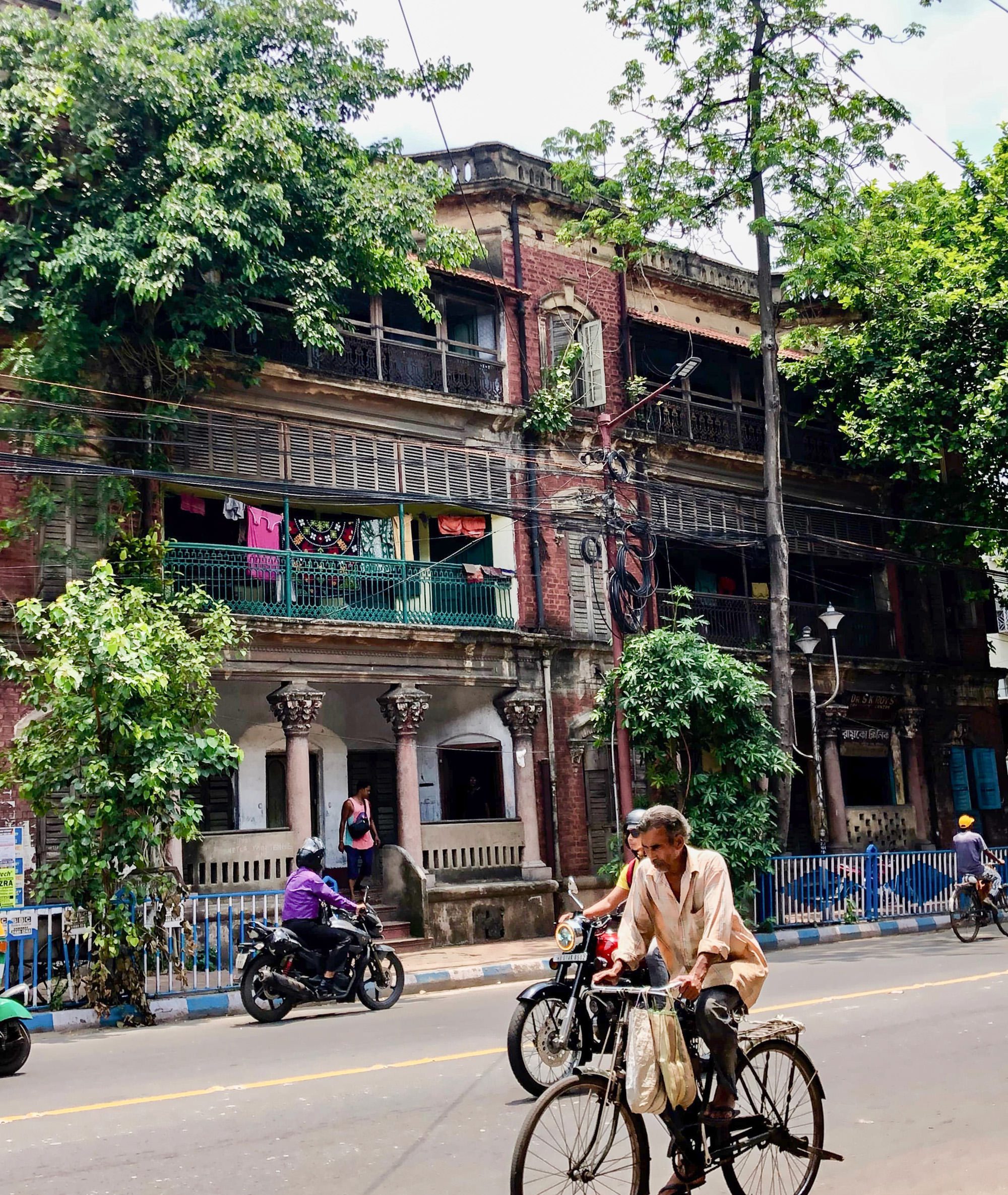
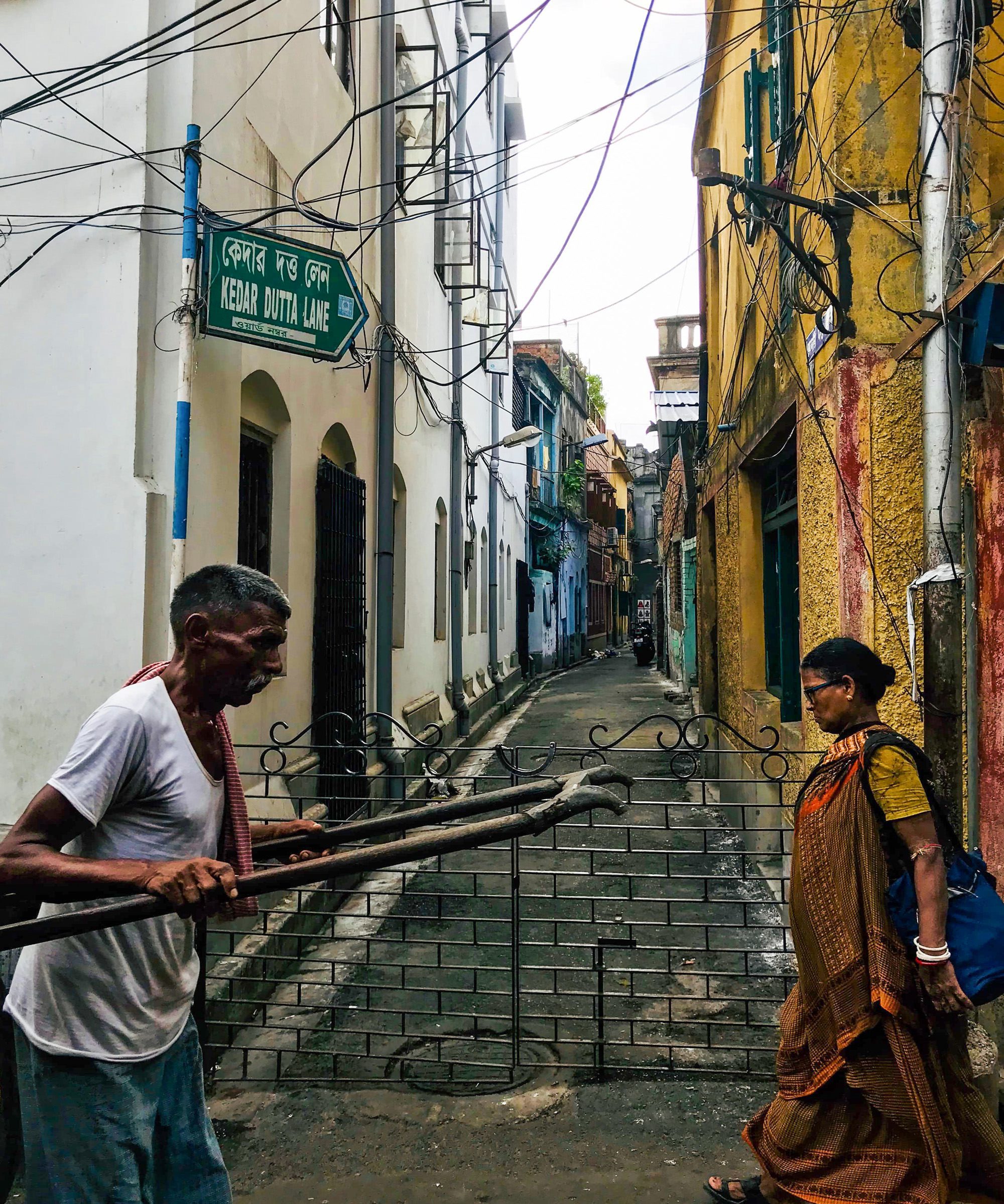
With my grant from the Lakshmi Mittal and Family South Asia Institute, I spent eight fruitful weeks abroad, studying the how and the why of the limited set of historic designations in Kolkata. My daily activities were structured around site visits, photographic and written documentation of spatial practices and cultural phenomena, investigative interviews with scholars and professionals in the field of conservation, theoretical readings, and archival work. I spent the first six weeks in Kolkata trying to better understand the city’s spatiality and how many Kolkatan’s livelihoods and daily activities engage with the hybridization of the old and the new.
Through neighborhood walks, conversations with locals, and visits to tourist attractions, it became clear to me that Kolkata is a city deeply entrenched in conflict between the desire for dynamic urbanism and the protection of multiple histories and Bengali identity. The majority of time was spent conducting interviews with professionals working on issues of preservation, heritage, and urban identity in Kolkata. Upon returning to Boston, I began to transcribe and decode these interviews, looking for ideological and thematic trends, as well as unstated but often implied affiliations between my interviewees and the agencies that I am investigating.
My research culminated in a trip to London, during which I spent time in the British Library archives, looking at older listings of heritage monuments compiled by the Bengal Public Works Department — lists that were later replaced by the ASI list, from which my grounding research question emerged. Spending time with these documents turned my project upside-down, because I found that the listing processes seem to have grown more exclusive over time, despite the decline of Western influence.
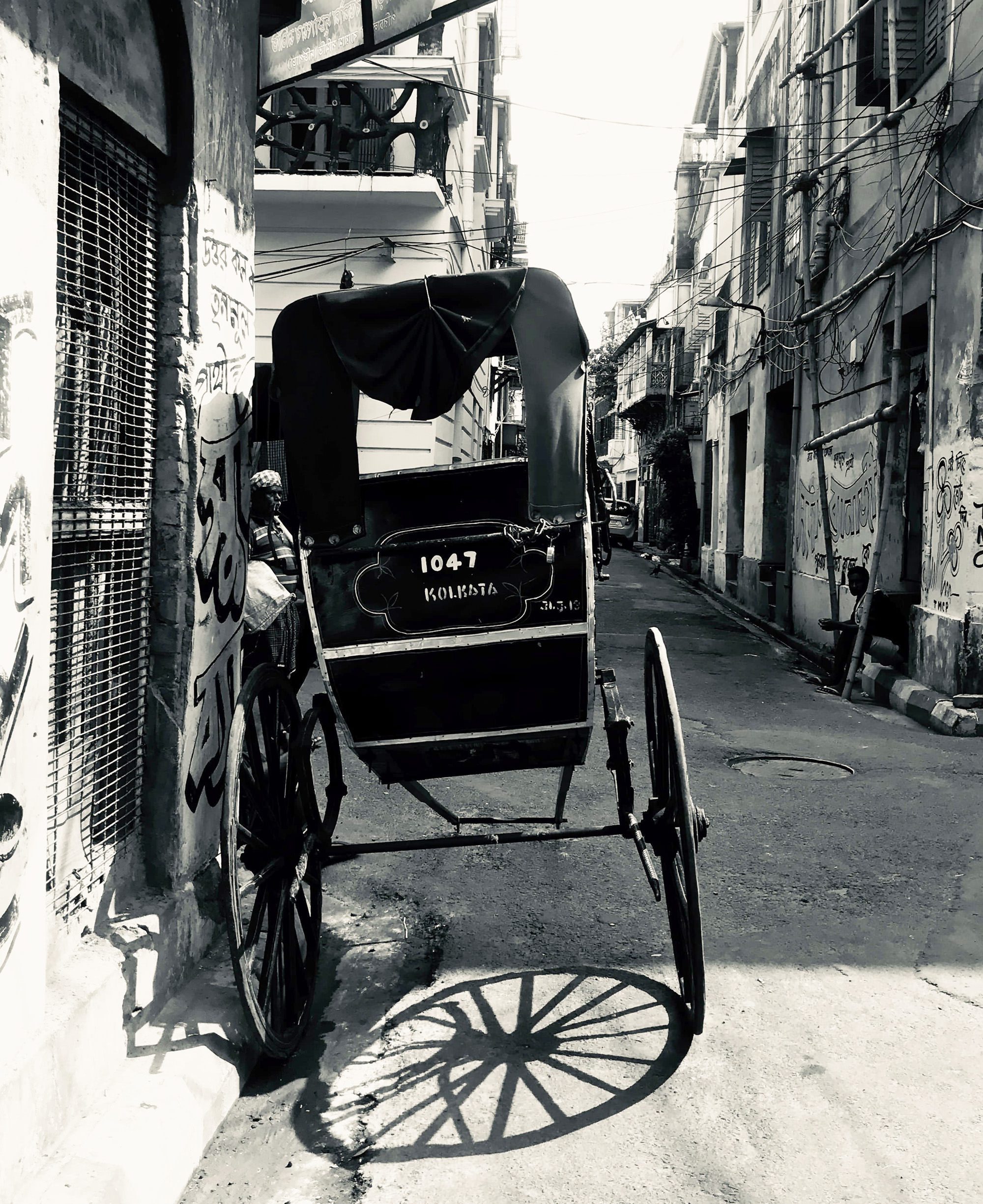
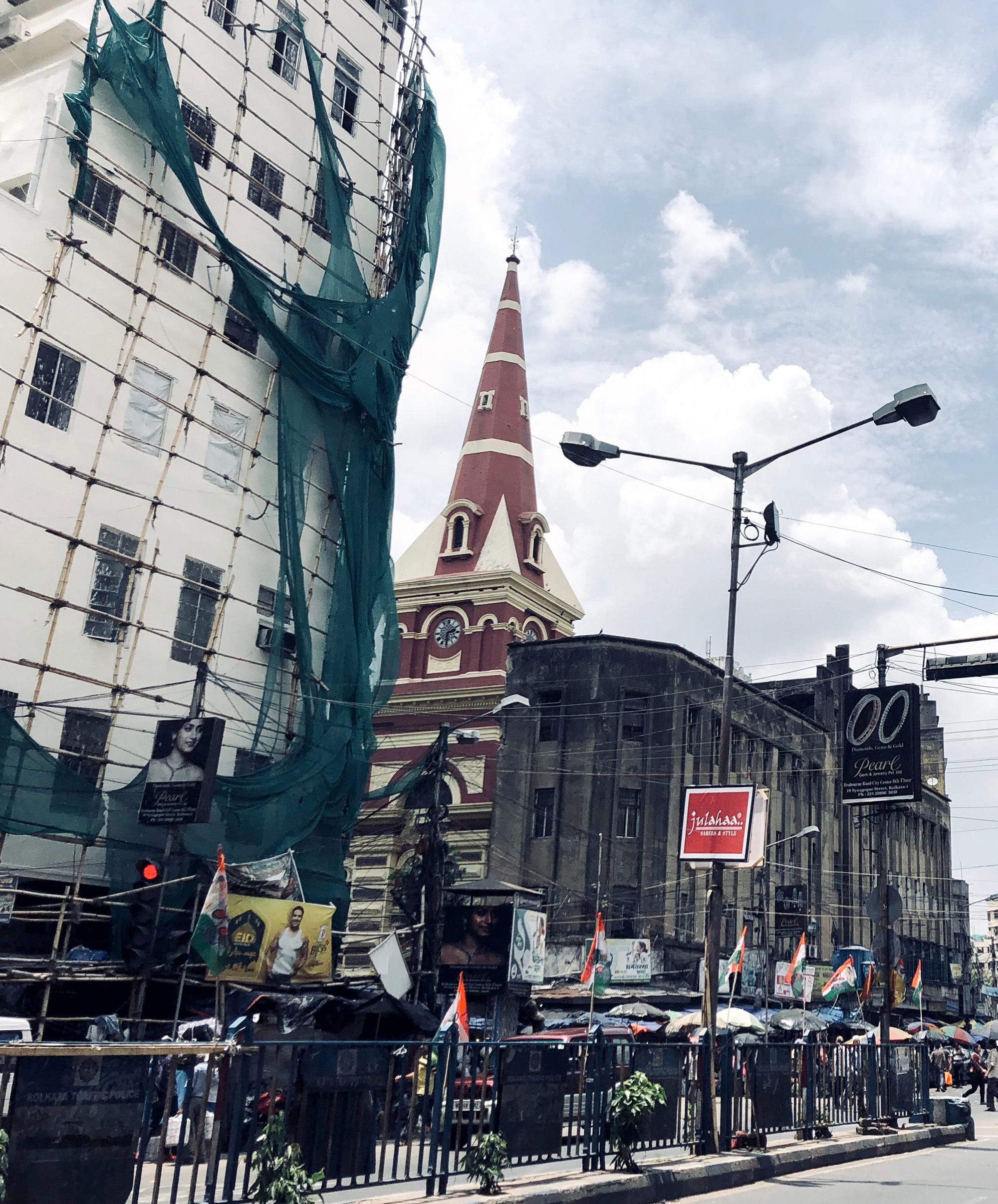
This got me thinking about one of my original questions (why does preservation in Kolkata, and most of India, still work under the established laws and rhetoric of British preservationist ideology, over seventy years post-independence?) and how I must also ask whether what is needed is a new model of preservation that better negotiates the Indian context, or whether the rising Hindu nationalistic ideology of the country would just use this new rhetorical power to push their own agendas. Is the central problem actually the inherent importance that the institution of preservation holds and the power that it bestows both upon the space being preserved and those who control it?
My original proposal for this summer’s research focused on the preservation statuses of the St. John’s Anglican Church and Beth El and Magen David Jewish Synagogues. Upon my arrival to Kolkata, based on the preliminary readings that I had done, I decided to reframe the project to look broadly at historic preservation in the city, but to use the Jewish synagogues as a case-based example of the lasting structural and socio-cultural impacts of these preservation projects, years after they were initially designated. I decided to leave St. John’s Church out of it, because I felt that the discussion of Christianity as a hegemonic imposition (as enforced through the colonial project) has already extensively been considered in colonial theory and scholarship. However, the case of Kolkata Jews, their synagogues, and the Muslim caretakers is uncharted territory worth exploring.
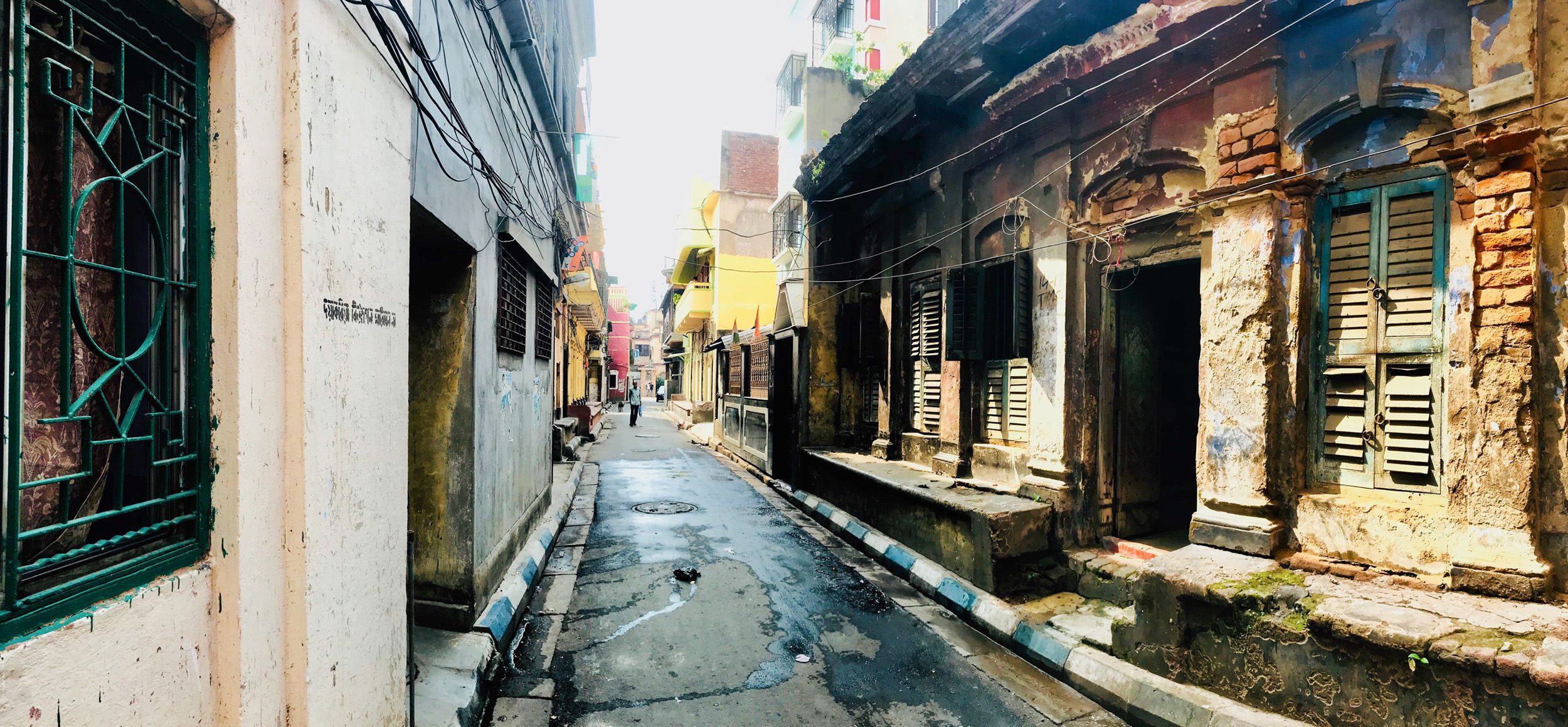
My research methodology is fourfold: firstly, investigating the differing priorities of conservation agencies, the conflicts of ideology and practice between them, and the socio-political and cultural impacts that they’ve had on Kolkata. Secondly, comparatively mapping listed sites and overlying urban geographies with data on class, caste, and religion in order to hypothesize who matters and who doesn’t in the contemporary urban context. Thirdly, interviewing scholars and practitioners whose work relates to heritage preservation, whether through academics, politics, or architectural practice. Fourthly, reviewing literature that engages with theories of urban history, the colonial project, spatialized religion, and the fundamentals of heritage conservation and nostalgia.
To take this thesis to the next level investigation, I hope to return to the field this winter to conduct follow-up interviews with the agencies, scholars, and professionals with whom I connected. I’d also like to partake in more quotidian applications of heritage conservation, such as heritage walks and open meetings.
Sanyal’s trip was supported by the Lakshmi Mittal and Family South Asia Institute. All photos taken and provided by Alex Sanyal.
